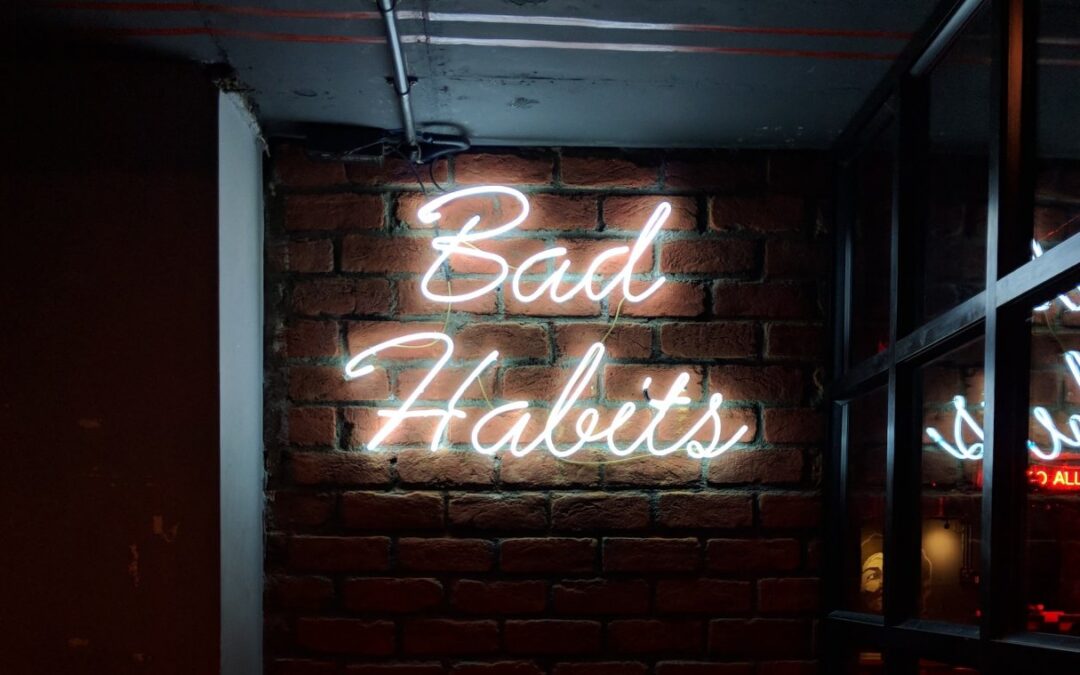Working in an office is not the default. It is a habit, as we’ve found for the last two years. Working out of the office has been just as effective if not more for most companies. Some CEOs are still treating remote work as the exception. It’s viewed as something that needs to be done in emergencies not because it’s the right thing to do.
We have a long history of place reflecting the activity that takes place there. When somebody is out of work or school for a medical reason, home is the place that they’re going to be while the situation corrects itself. And then once it is over, we’ll go right back to the way things were in the old office. Maybe that’s how it was a couple of decades ago, but today there are a few examples of why work can’t be done almost anywhere. Today the office is little more than a habit.
Understanding Habits
Habits are deeply ingrained behavioral patterns that we develop over time. They are often automatic, requiring little conscious effort once they become routine. How many times have you commuted to or from work, and not realized how you got there? Commuting has become so automated that we just accept it as a norm. At least up until a couple of years ago.
Habits can be both positive and negative, influencing various aspects of our lives, including our work, relationships, and personal well-being. The pandemic forced us to discover new habits. And now that it’s over, it’s hard to go back when we already have a new set of skills.
Habits have a powerful impact on our lives, shaping our daily routines and ultimately determining our success or failure. Whether it’s procrastination, excessive screen time, unhealthy eating habits, or going to an office, these behaviors can hold us back from reaching our full potential. We are starting to discover what is possible with an extra 1 to 2 hours a day available to us. Breaking bad habits is essential for personal growth and self-improvement.
Overcoming the Office Habit
During the first few weeks of the pandemic, some people developed new habits very quickly. Others struggled. Being in an IT role at the time, helping those who were struggling working remotely became job one for almost everyone regardless of what their regular job was. Not everyone had the right computer setup and not all that did, knew how to use it. Most people appreciated the help. Occasionally, there were a few jerks. And there were more than a few that were in tears through most of their help desk call.
Some got it on the first try. Others became frequent flyers, that we dreaded because they just didn’t get it. Spending an hour on the phone with someone who doesn’t understand the basics of the technology they need to work with is painful for everyone involved. Once you got to a certain point, people either got the technical piece or they didn’t. Figuring out the technology is usually enough to break the office habit, but not for everyone.
For CEOs, they are generally past the technology obstacles so it’s a different set of habits at play. They are used to working a certain way, with easy access to their C Suite staff. But that’s not how most work needs to be done. Most work is focused vs collaborative. It doesn’t all need to be done in an office setting. Convincing some CEOs of this can be challenging.
The CEO Habit
During the past couple of years, we have gotten pretty good a working remotely. Unfortunately, there was no help desk to help CEOs manage remotely. Some got it immediately. Others as we have seen, continue to struggle.
Most CEOs followed a similar path. They came in early, stayed late, sacrificed their families, and eventually got a corner office with a great view. Part of having a corner office was the prestige and the fact that everyone is aware that the C-suite is a special place for those anointed few. With remote work, nobody cares!
I’m sure that’s a letdown for many who climbed the corporate ladder only to find that they are the only people who care about the perks that come with their job. Getting people to return to the office is one way to hold onto that illusion of prestige, but it’s ultimately a flawed argument. Productivity has gone down as more people are forced to return to the office. Yet some still hang on to the idea that work must be done in the office despite evidence to the contrary. They are almost addicted to the office.
It’s Almost an Addiction
If you’ve spent any time around people who are addicted to drugs, alcohol, or cigarettes, you know it ends in a couple of ways. For some people, they have a story where one morning they just woke up and they knew they weren’t going to do it again. They stopped cold turkey and went on to a different future. Sometimes there is a significant event, like being hospitalized or arrested that has something to do with it.
Others lamented for years, often with unhappy endings. In many respects what we’re seeing in the return to Office issue is much the same thing. You have the people that made the break like PricewaterhouseCoopers, Alstate, Yelp, and other companies. And then you have companies that just can’t break the habit like JPMorgan, Twitter, Farmers, etc., Some of their employees have kicked the habit but management is still holding on to the old ways.
You Don’t Have Go to the Office
Going to the office is not something that must be done. We just tell ourselves we have to do it. You don’t have to have a drink, eat a pack of Oreos, or go to an office but it’s something addicted people can’t stop. It’s something that we have developed over time, based on practices and social norms. These things are hard to disconnect from unless you can see a new path for yourself and your company. CEOs are more invested in the structure of their company than most of their workers. That’s one of the reasons it is harder for them to let go of old ways.
The main reason I see the office as an addiction for many CEOs is that they deny the negative effects of their behavior. Bringing people back to the office lowers productivity, reduces retention, and increases hiring costs. This doesn’t even include the direct effect it has on staff, the environment, etc. Most also don’t seem to have a healthy emotional response to the issue. Quotes from some CEOs range from insensitive to maniacal. Praising someone for giving up their dog to come back to the office is wrong on many levels. CEOs need to do better.
Taking That First Step
Some people say that it takes 28 days to create a new habit. it’s a good reference point but it isn’t always the case. The key is having a specific goal. Many CEOs don’t see the office as a problem so there isn’t an incentive. If you haven’t broken the office habit yet, I would recommend taking the next 28 days to explore the possibilities. Look at things like your retention, your hiring costs, and productivity. Look at how much space your staff are currently using, vs how much space you currently are paying for. And lastly, look at what your competition is doing who might be embracing remote work.
Chances are you might see something in there that is worth exploring further. It might not resonate immediately, but it may lead you in the right direction for your company. It just requires taking that first step to break the office habit.



